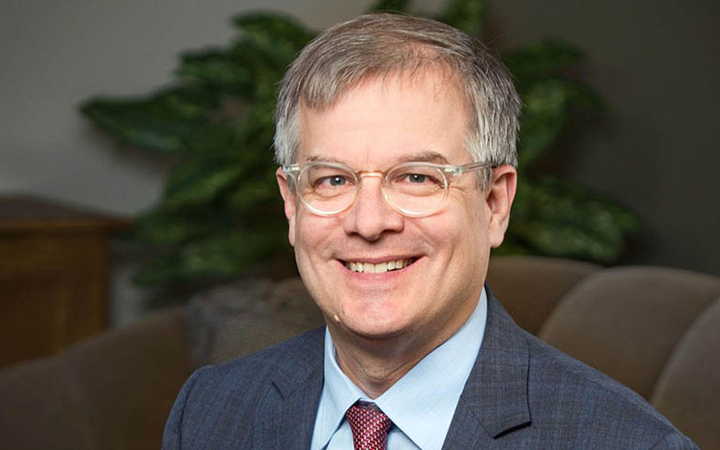Looking around our suddenly quiet campus, or talking to your professors and classmates through tiny Zoom windows instead of across a seminar table, or, if you're in the Bay Area, suddenly ordered to stay in your home for weeks on end, I suspect you are asking the same question I am: "What is happening??" A few weeks ago, COVID-19 was a worry, a concern, maybe a threat to be understood and managed. Today, it has upended every aspect of global society.
And yet, most of us don't yet know anyone who has the virus, much less anyone who has become gravely ill. As I write this, over a hundred Americans have died from COVID-19. By comparison, thousands of people in this country die weekly of the flu in a typical winter season, and yet the flu does not lead to restaurants and schools being closed, professional and college sports seasons being canceled, and panic buying of toilet paper and hand sanitizer. It is natural to ask, are we all overreacting?
And maybe we are, at least when it comes to toilet paper. But what we know from watching China and Korea and Italy and Iran is that this new coronavirus is a public health threat capable of causing death and misery at a level matched in the last century only by HIV/AIDS, but far faster-moving. With no vaccine and limited treatment options, left unchecked, COVID-19 spreads through a population with a doubling time of about four days, which means 100 deaths can become 20,000 deaths in a month if action isn't taken to slow the spread.
In public health, it has become common to talk about the Preparation Paradox, which says that everything you have to do to stop an exponentially growing epidemic will seem like a gross overreaction. Ironically, if your efforts are successful, then even retrospectively it will seem to most people that the actions had been unnecessarily heavy-handed. But if you fail, even the most painful and intrusive disruptions of daily life will have been woefully inadequate.
The good news about COVID-19 is that it can be slowed, as has been done in China, Korea, and, at long last, Italy. It is likely that the actions taken by America's governors, school leaders, and institutions like Willamette will do the same in this country, though the delay between exposure and symptoms means that the number of cases will continue to rise quickly over the next few weeks. And slowing the spread of the disease will save thousands of lives by "flattening the curve" and reducing the intensity of demand on our limited hospital facilities. It will also give time for the development of better tests and treatments and, one hopes, an effective vaccine.
Today, I have a challenge for all of you: learn more about the new coronavirus and the COVID-19 disease and about the importance of social distancing. There is lots of good information online, especially at authoritative sources like the CDC. There is also a lot of really bad information. One site that I personally think sets a good balance between readability, accuracy, and comprehensiveness, and which is regularly updated, is the Ars Technica guide to coronavirus.
Then, Bearcats, I want you to do one more thing: share your new knowledge with friends and family. As with other large challenges like climate change, it will take collective effort to flatten the curve and beat COVID-19. Pictures of crowded spring break beaches and St. Patrick's Day bars suggest that the message isn't being heard, and there is some evidence that older Americans, the ones who are most at-risk, are among those with the least exposure to accurate information.
The choices we are being asked to make are painful ones, and because of the Preparation Paradox, we are sometimes trying to share the importance of those choices with people who are not yet ready to hear the message. So, I am going to leave you with a Twitter thread that a friend shared with me, hash-tagged #LoveInTheTimeOfCoronavirus, that shares one woman's communication strategy with her aging parents: https://twitter.com/
Bearcats, although we may be physically far apart this spring, together we will get through this.
Steve


